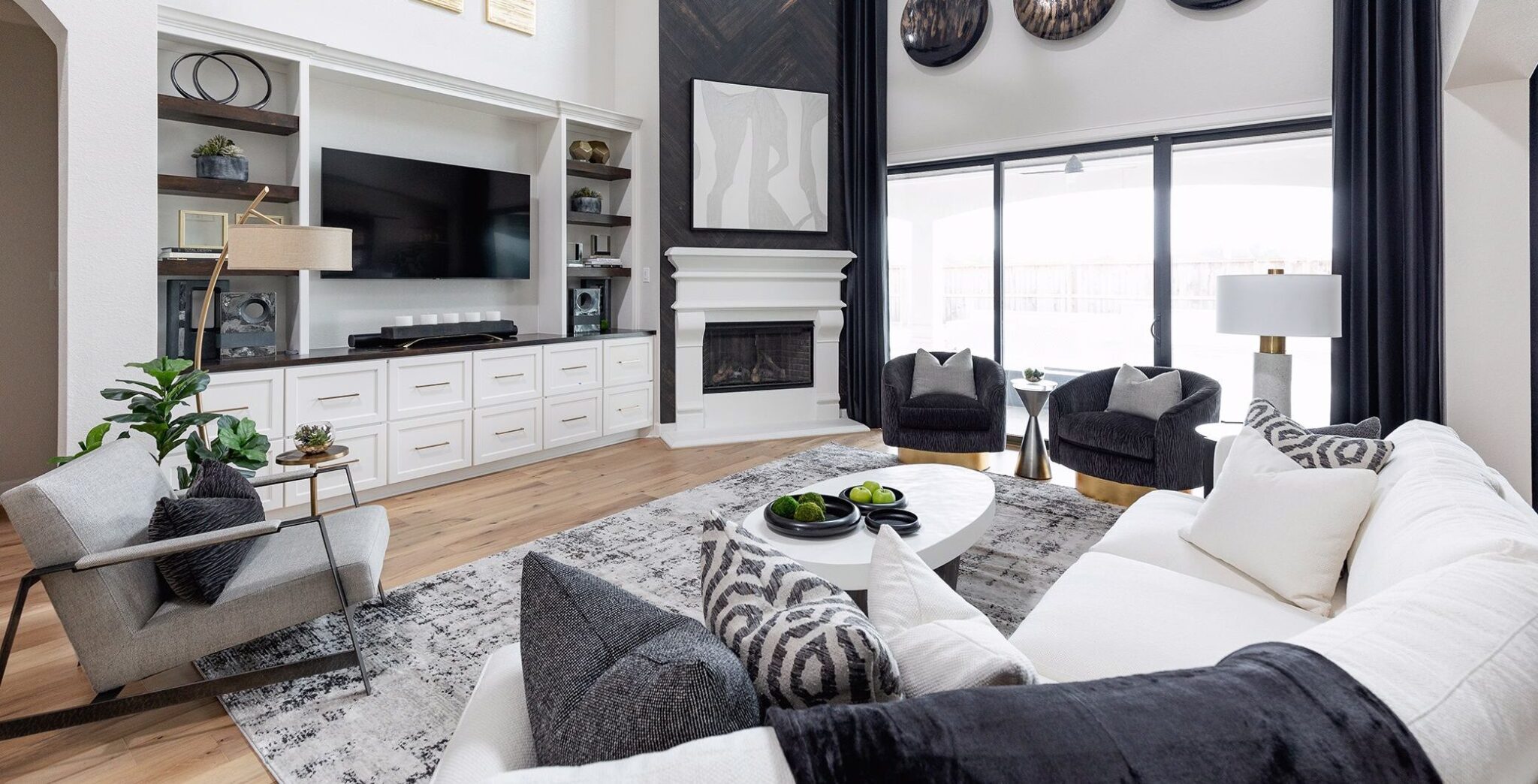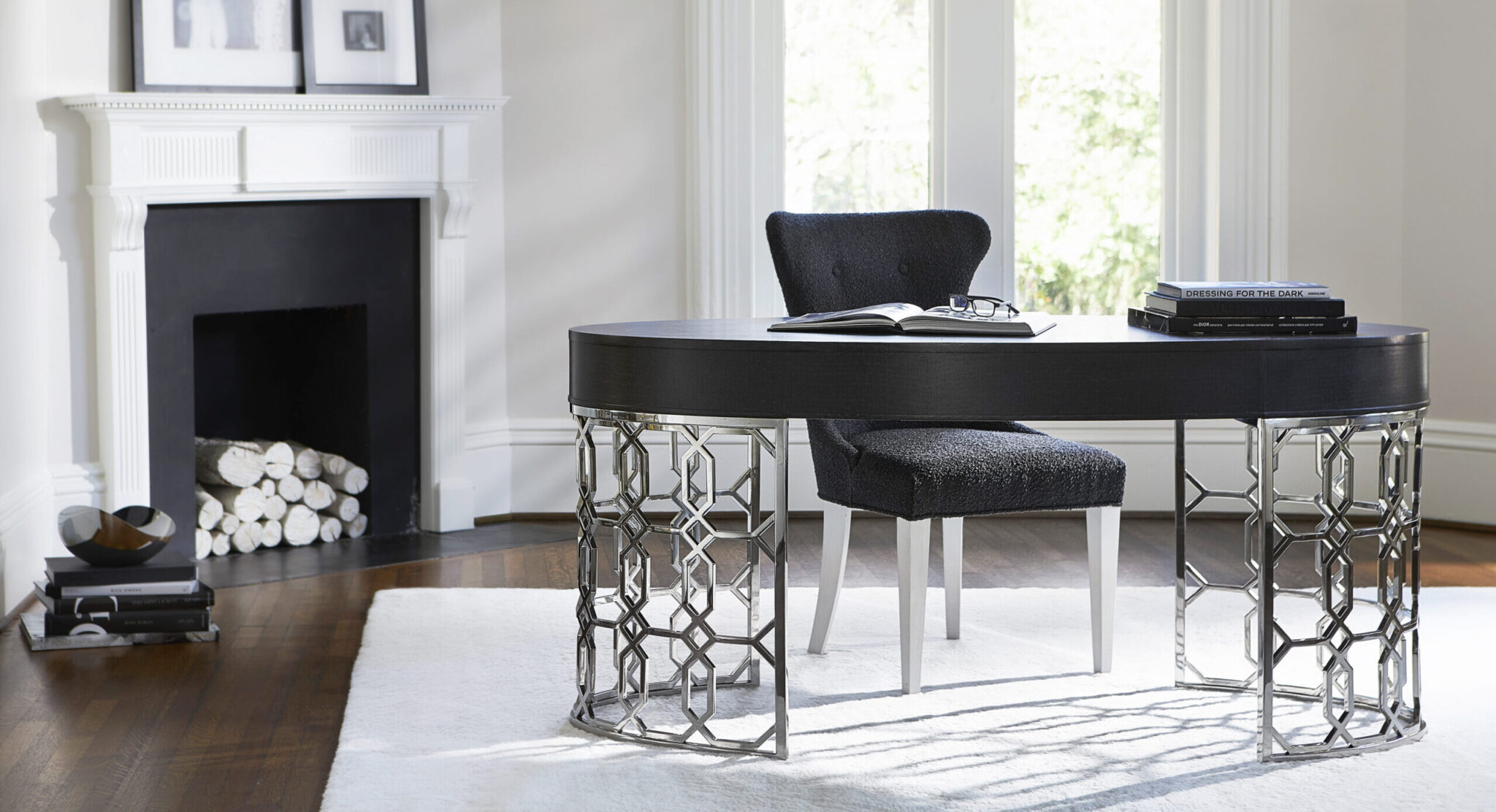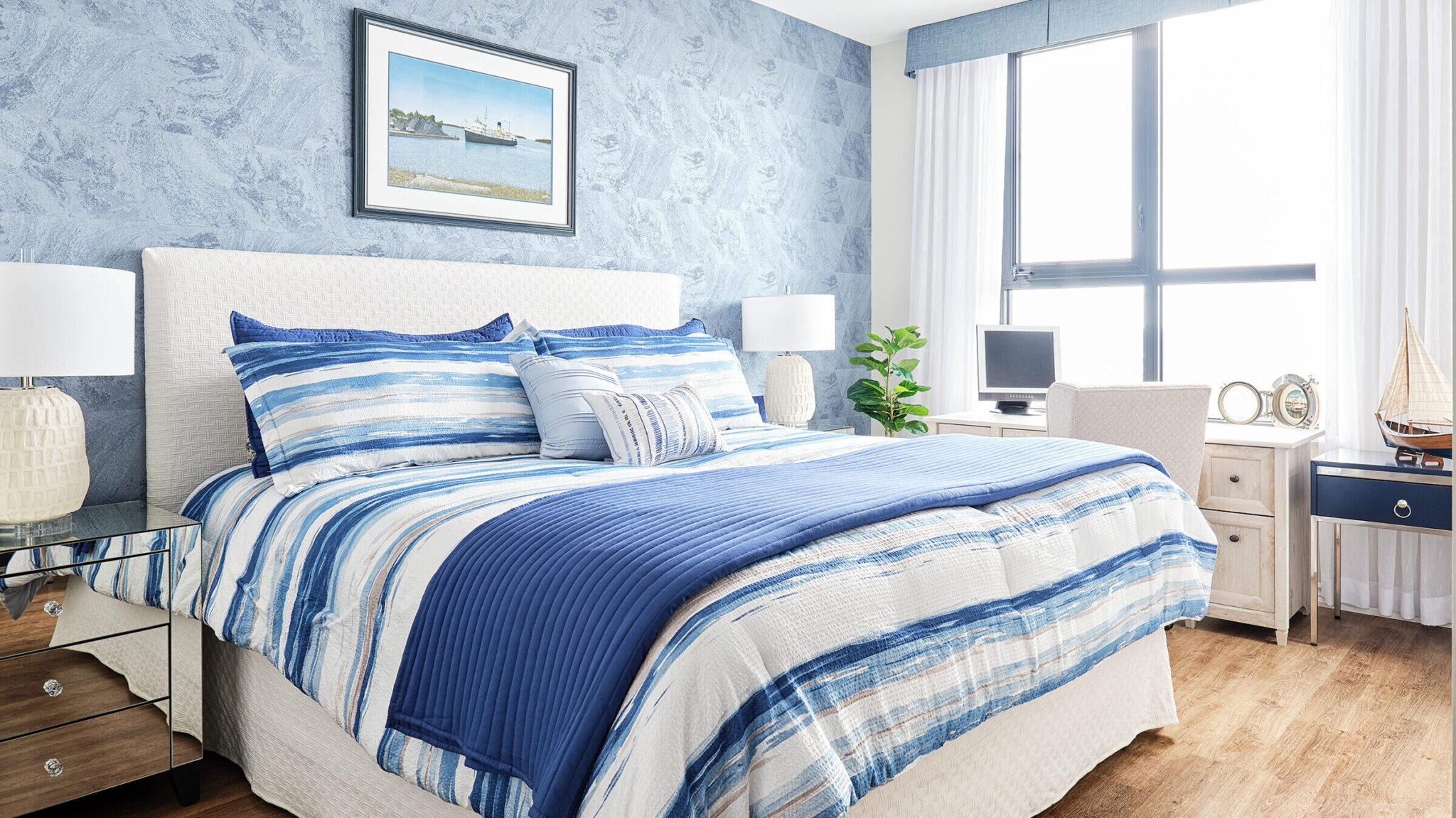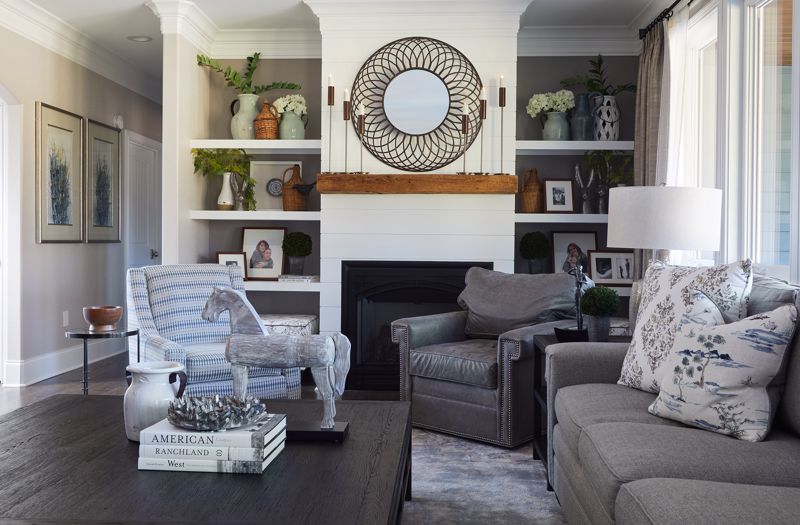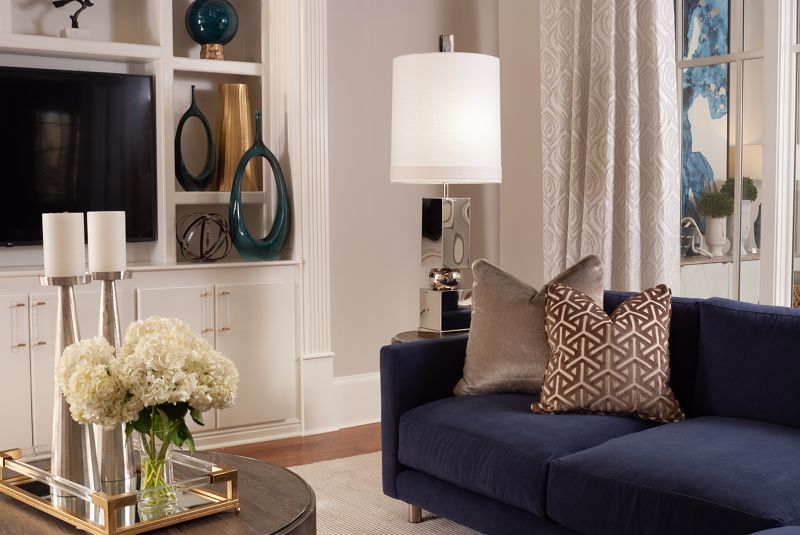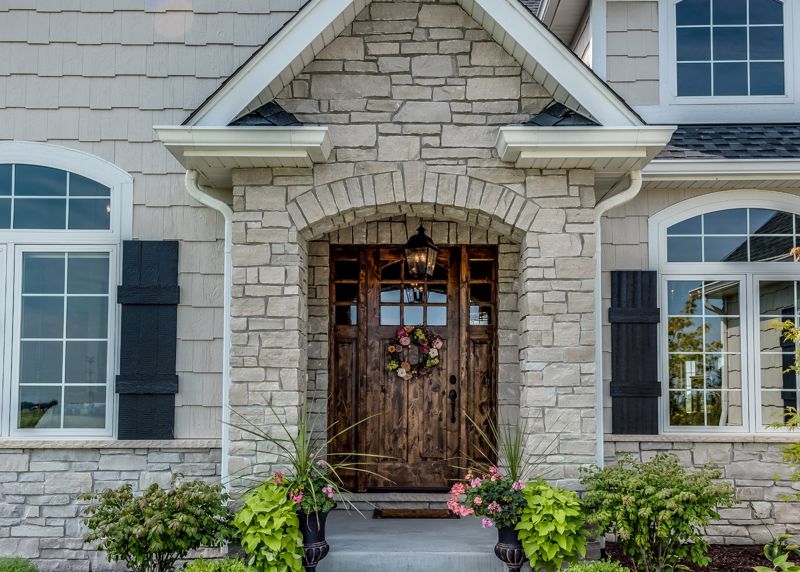Decorating your home is exciting. It’s a chance to show off your personality and aesthetic. But, more than that, it’s also an opportunity to help protect our planet – when you focus on sustainable interior design.
There’s a ton of design/architectural principles you can implement in your home that not only appear attractive and pleasant to the eye, but also benefit the environment! Sustainable interior design is the perfect way to create your dream home while doing your part for the environment. From faucets and light fixtures to windows and walls, read on to find ways to make your house both green and gorgeous.
What is sustainable interior design?
Sustainable interior design is an environmentally-conscious architectural and design style that focuses on how to lessen a building’s impact on the environment.
Although sustainable design and green design may seem synonymous, they’re not entirely the same. Green design is all about reducing harm in the present and near future. By contrast, sustainable design looks at long-term consequences. As the name suggests, this design style uses elements that will continue to minimize negative impact on the environment for years, decades or even centuries to come. It’s not just about building a structure — it’s also about building a future for the earth’s inhabitants.
The importance of sustainable design
From using public transport to buying eco-friendly cleaning products, there are many ways we can reduce our impact on the environment. The best place to start is with the buildings we create and use. Utilizing sustainable interior design is vital for two main reasons: keeping the environment and us healthy.
Sustainable design helps reduce our carbon footprint – the amount of carbon dioxide and methane that trap heat in the atmosphere which increases temperatures across the globe. Keeping the global climate stable is essential for preventing natural disasters and allowing us to grow the food we all need to survive.
Unfortunately, garbage that ends up in the wilderness and the oceans has terrible consequences for wildlife and our natural resources like soil and water. Sustainable design also helps reduce the amount of waste we produce, preventing pollution.
Sustainable design also keeps us healthy by improving indoor air quality, which prevents potentially dangerous toxins and dust particles from floating around the air.
How to design with sustainability in mind
So, how do you go about implementing sustainable interior design? It’s helpful to start with the “five Rs of sustainability,” which are basic guiding principles on how to live sustainably:
- Refuse: Say “no” to environmentally unfriendly products. Instead, choose those that are recyclable and ethically produced.
- Reduce: Use the minimum amount of materials and resources to lessen your impact on the environment.
- Reuse: Avoid single-use products (especially plastics). Use metal or wooden alternatives wherever possible.
- Recycle: This one’s pretty self-explanatory. Make an effort to dispose of your trash responsibly.
- Repurpose: Utilize your purchases in different ways once they’ve served their original purpose.
The following concepts are the pillars of sustainable interior design:
Energy efficiency
Most of the world’s electricity is still generated by burning coal, and energy is one of the biggest contributors to climate change. Sustainable interior design aims to reduce energy consumption.
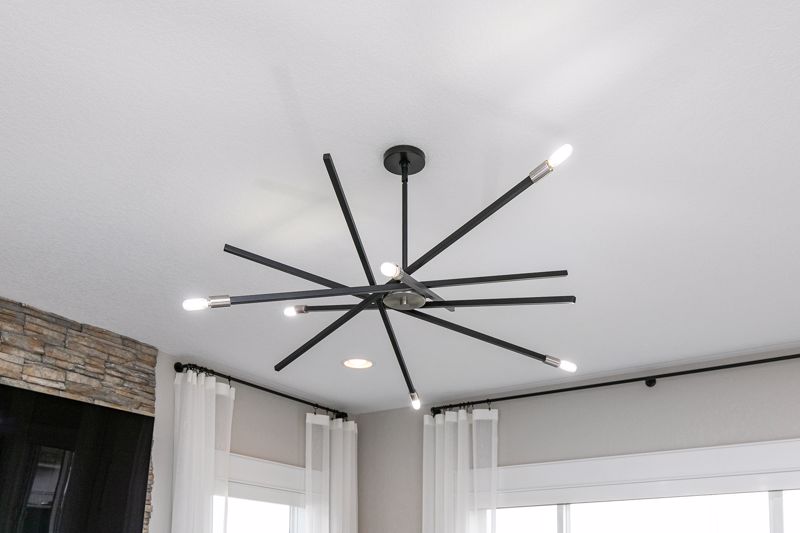
Using energy conserving lighting is a key pillar of sustainable design.
Maximized space
Making the most of the space you have goes hand in hand with energy efficiency and waste reduction. This is achieved by choosing materials and pieces (particularly furniture) that ensure a little goes a long way.
Waste reduction
Natural resources are limited, and sustainable design seeks to make a little go a long way. It focuses on using the smallest amount of materials to insulate, build and decorate a building.
Water conservation
Although 70% of our planet is covered by water, less than 2% of it is safe to consume. Sustainable design works to decrease the amount of water used to preserve this precious resource.
Healthy environment
Make smart choices about temperature regulation, ventilation and products when designing an interior.
Longevity
Sustainable design is focused on using high-quality materials that last longer. In this way, you lessen your need to toss out old items and buy new ones, which supports waste reduction.
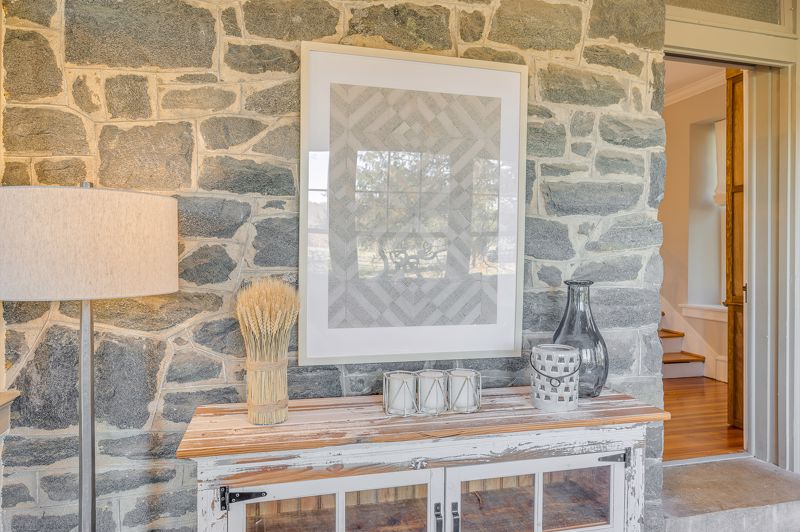
Natural stone is minimally harmful to the environment and can last centuries.
Sustainable design tips
Now that you’re familiar with why sustainability is so crucial and what it aims to achieve, how can you accomplish sustainable interior design in your own home? Here are a few ideas:
Make your home more energy efficient by:
-
- Maximize the amount of natural light in your home when you install glass sliding doors and even skylights.
- Opt for compact fluorescent light bulbs, LEDs and halogens when you light a room.
- Use renewable energy sources like solar power when possible.
- Paint your walls light colors to help decrease the need for artificial lighting.
- Use lined carpets and blinds to improve insulation and thermal comfort, reducing the amount of energy needed to heat and cool your home.
- Arrange your furniture in heat and energy-saving ways by opening up spaces around air vents to improve circulation.
- Install smart thermostats that heat up or cool down a room based on outside temperatures so you don’t have to do it manually. Some include sensors that switch off heating or cooling entirely when people aren’t in the room.
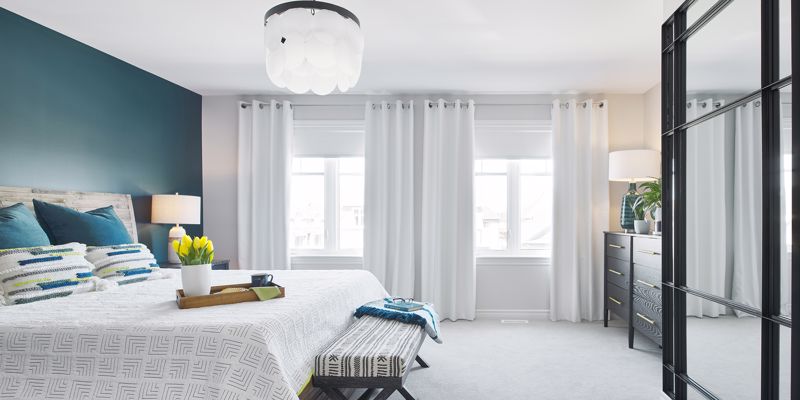
Utilize as much natural light as possible to reduce the need for electricity.
To reduce waste:
- Choose linen, furniture and other decorative items made from recycled waste or materials that can be recycled when they’ve reached the end of their lifespan.
- Pick products made from materials that are good for the environment. These include:
- Responsibly produced or reclaimed wood.
- Sustainably made natural fabrics like cotton, leather and wool.
- Low VOC (volatile organic compounds) paint.
- Recycled plastic, steel and glass.
- Hemp.
- Cork.
- Straw.
- Felt.
- Jute.
- Natural stone.
- Purchase adjustable and mobile furniture and modular flooring that can be reassembled and easily moved as necessary. This eliminates the need to buy new pieces.
- Buy products with easy-to-clean surfaces as they require fewer cleaning products. Detergents are often harmful to the environment.
- Install water-conserving toilets and taps.

To conserve water, consider environmentally friendly fittings such as taps and shower heads.
To buy responsibly
- Select wooden pieces that are made from quickly renewable plants such as bamboo.
- Look for locally-produced products to save on both costly shipping and environmental impact.
- Shop at antique and secondhand stores. Not only are many of these items rare and charming, but they also minimize the need to produce new goods. Plus, you know they’ll last a long time!
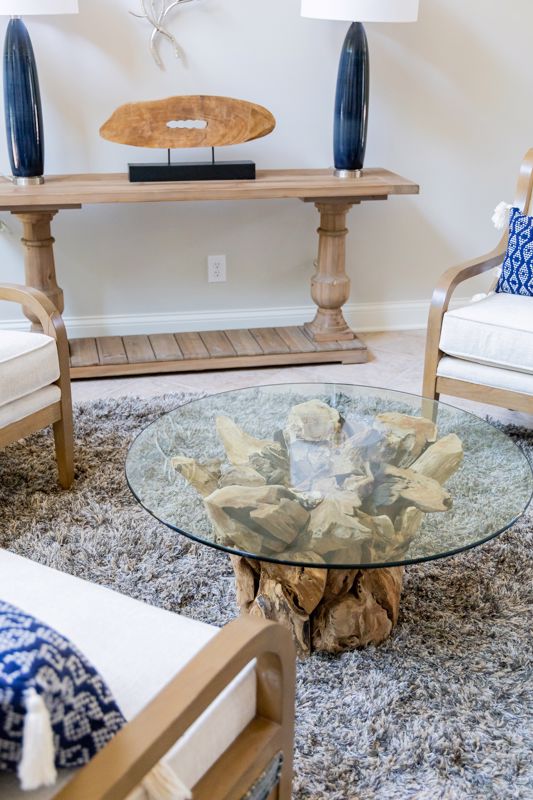
This driftwood table is a great example of using responsibly sourced wood.
If you’d like to make your home more environmentally sustainable but aren’t sure where to start, Katelynn Scott Interiors is here to help.
After you get in touch with us, we’ll schedule a meeting either at your home or over the phone, whichever you prefer. As we chat, we’ll get a sense of your design vision and your home’s current setup. Then, we’ll begin planning to make your dreams of sustainability (with some flair, of course) a reality.
Ready to go green? Contact us now to get started!

